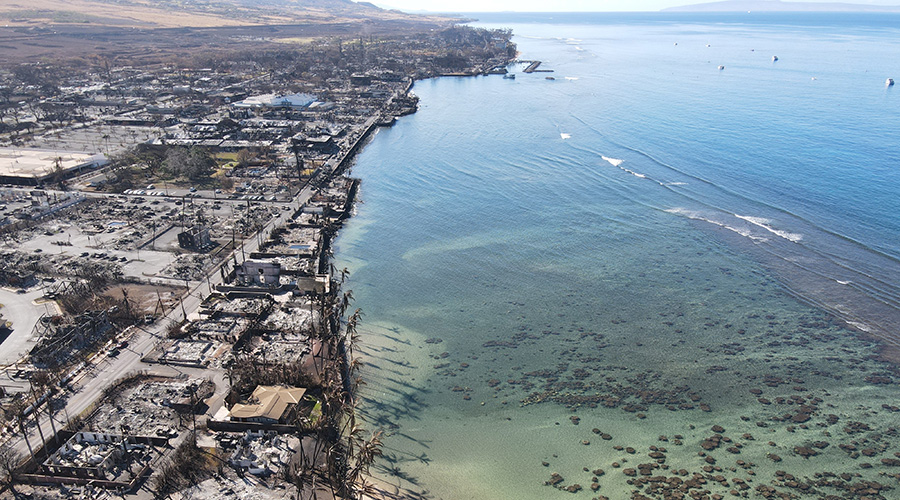 testtest
testtestRebounding Buildings: Facility Resilience
The Internet of Things has drawn a great deal of attention in the last year. The term speaks to our connectedness through an internet platform. It is as if the internet is now the matrix upon which modern life is built.
Through the internet and various technologies — networks, cloud-based services, remote service providers, cell phones, computers, printers, and other smart appliances — we are more interconnected than ever. We are sending and receiving information on a continual basis.
But what happens to our organizations if the system is disrupted? Alternatively, what happens if institutional and commercial facilities and their core systems’ infrastructure is interrupted and the building is hot, cold, dark, or without running water? What if we can’t even get to or into our buildings?
While the maintenance and engineering department might not own the intricacies of every system, managers do have purview over the built environment, maintaining operations to support the essential functions of organizations. Regardless of their causes, facilities disruptions can have a significant impact on an organization’s ability to function.
The probability of a large disruption might be low — think Hurricane Katrina or Hurricane Sandy — but these events draw our eyes to results that can occur when large-scale events affect facilities. They also remind us that even small events can take their toll on productivity, which translates to profitability.
According to disaster-recovery statistics for 2015 from Infrascale.com:
• Forty percent of businesses rated their organizations’ ability to recover their operation in the event of disaster as fair or poor.
• Three out of four businesses get a failing grade for disaster recovery.
• One hour of downtime can cost between $8,000 for a small company and $700,000 for large enterprises.
• A business needs an average of 18.5 hours to recover after a disaster.
These are startling numbers. How can managers reduce the likelihood of ending up on the losing side of these statistics? After all, the job of maintenance and engineering is to keep facilities operational while managing the resources it takes to do so.
In facilities, managers traditionally focus on security, risk assessment, and emergency preparedness.While the primary focus is on keeping people safe, managers also need to address the broader aspects of the businesses they support to ensure not just safety but productivity and profitability.
Just looking at the statistics above reinforces these priorities. Managers need to be thinking in terms of resilience. We need to take a long term view from a business perspective. In some ways, that is not new. What is new is the way the facilities management profession is tying it together under the umbrella of business resilience.
Related Topics:













